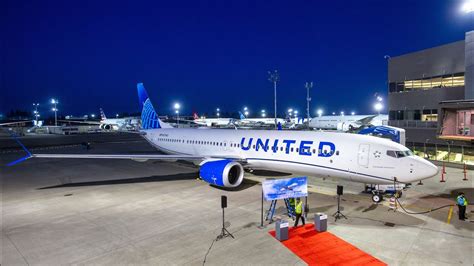
2020 02 17 12 08 42
Although fuel prices are dropping again, this has not proven to be a long term trend. Suppliers always try to react by cutting supply in an attempt to push prices up again. Invariably there are cheaters (oligopoly rules get broken). Then the big Dog (Saudi Arabia) has to step in and force the cut by opening its production or threatening to. We’ve all seen this again and again.
The following chart shows how significant fuel costs are for US airlines. Currently (2019 data is incomplete) the US airline industry looks benefitting from low fuel prices over an extended period. Given record load factors, even with low fares, profits should remain great.
The chart above also demonstrates that fuel is the Achilles Heel. Spikes up (and down) are events that airlines fear. Planning gets thrown off, and in a business where plans are carefully set, upsets are not appreciated. If you hedged fuel, volatility down is not pleasant as it is for those unhedged.
With that as a backdrop here is a data model that is of some interest. There are four pages to view. You can select an airline and aircraft on these pages to get a good look at the data cube. Note the pages with the balls (pages 1 & 2) have a play button bottom left to allow for activation.
Page 1 – Here you can see how fuel burn has evolved on passenger aircraft. Select an airline to see each individual performance. This model shows stage length and fuel burn in seat miles/gallon.
Page 2 – As above, but here we are dealing with freight. This is not a data view that is published often.
Page 3 – Here we have a simple chart showing fuel burn in RPM/Gallon for each airline. The trend shows a slow improvement in fuel burn. Selecting an airline shows substantial variance. And that is very interesting. The goal here is to see an upward sloped curve (like Delta), rather than a downward slope (like JetBlue).
Page 4 – A rather busy chart that you can clean up by selecting an aircraft type. Otherwise the same data as in Page 3. Here you can compare aircraft fuel burn by aircraft type for the various airlines. You would expect to see curves to be close if airlines operate the same way. This doesn’t always happen (see A319). The ideal is a downward slope in this chart.
Views: 3





